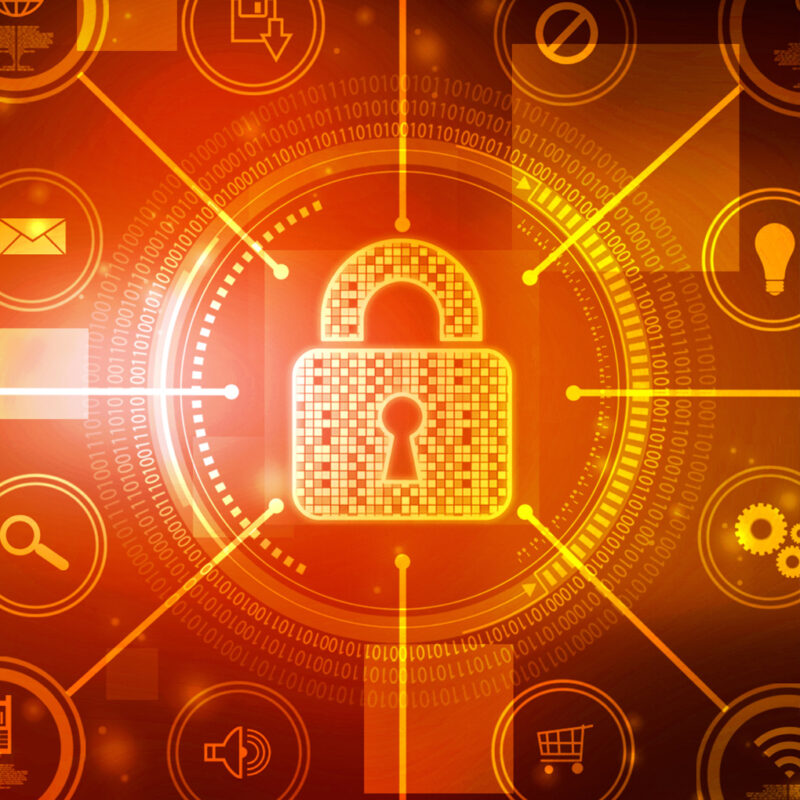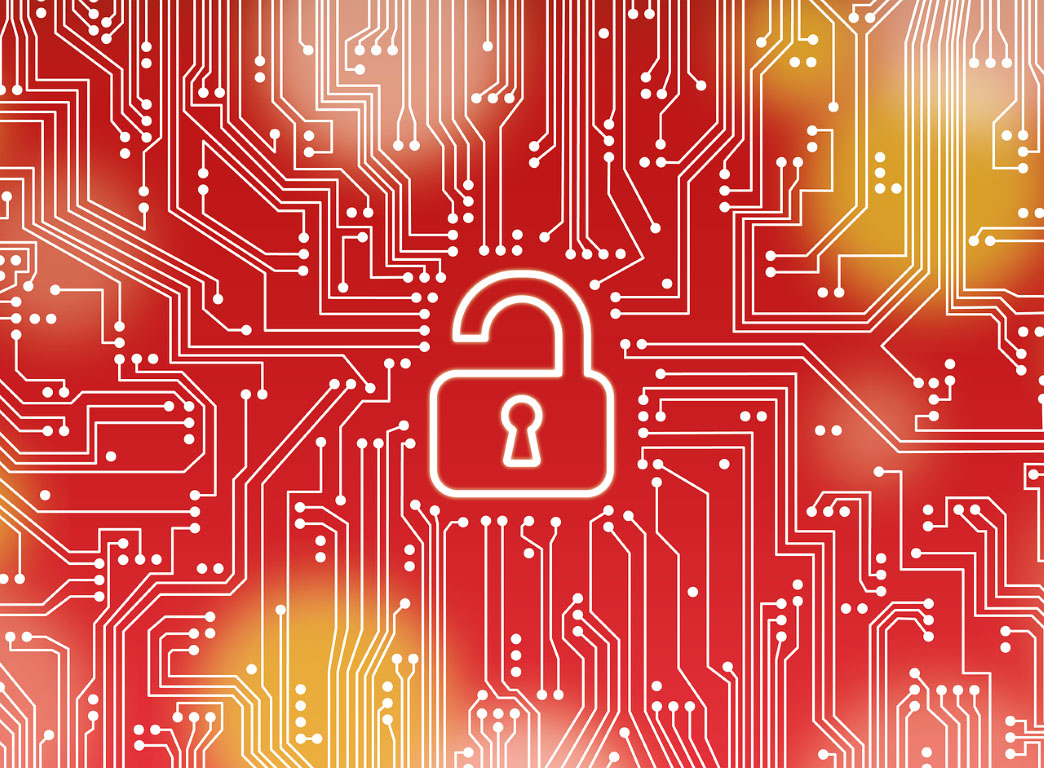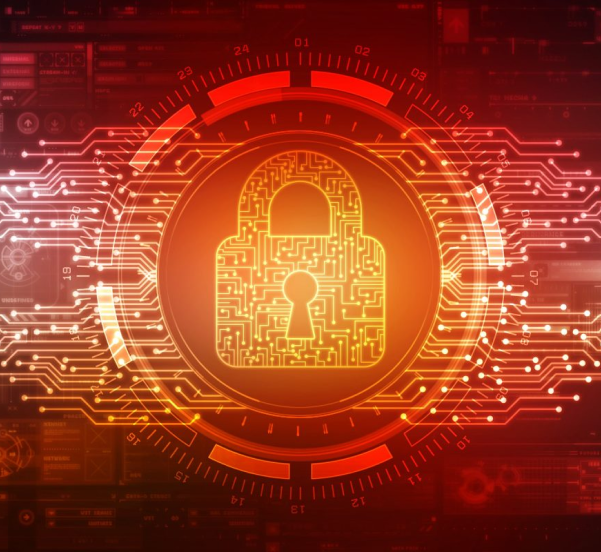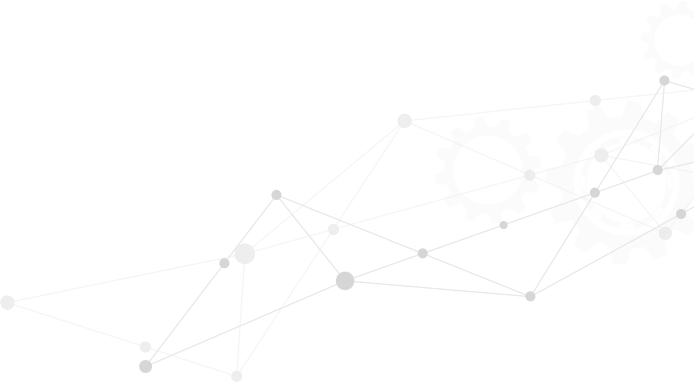Cyber Defense
Cybersecurity frameworks and models are incredibly important and provide a consistent set of guidance, principles, and standards that security leaders can follow, use to build their roadmaps, and base their goals and metrics on.
Next Generation Firewalls
A next generation firewall (NGFW) is, as Gartner defines it, a deep-packet inspection firewall that moves beyond port/protocol inspection and blocking to add application-level inspection, intrusion prevention, and bringing intelligence from outside the firewall.
NGFWs provide several key valued benefits, including multi-layered protection, optimal use of network speed, antivirus, ransomware and spam protection, endpoint security, application-level security functions such as IDS and IPS, capability to implement role-based access, single console access, and simplified infrastructure.
Here's what to look for in evaluating NGFW providers:
- Breach prevention and advanced security
- Comprehensive network visibility
- Flexible management and deployment options
- Fastest time to detection
- Automation and product integrations

Endpoint Security (EDR and XDR)
EDR stands for Endpoint Detection and Response. It is a type of cybersecurity technology that is used to detect and respond to threats on individual devices or endpoints within a network. XDR stands for Extended Detection and Response. It is a newer type of cybersecurity technology that builds on the capabilities of Endpoint Detection and Response (EDR) solutions by incorporating data from other security tools and sources, such as network and cloud security tools, into a single, centralized platform.
EDR solutions typically use agents that are installed on endpoints to collect data about the activity on the device, such as processes, network connections, and file activity. This data is then analyzed using machine learning algorithms and other advanced techniques to detect anomalies and potentially malicious activity. When a threat is detected, EDR solutions can take a variety of response actions, such as isolating the endpoint, blocking network traffic, or alerting security personnel. EDR solutions are an important component of modern cybersecurity strategies, as they provide visibility and control over the many endpoints that are used within organizations today.
XDR solutions aim to provide more comprehensive threat detection and response capabilities by analyzing data from multiple sources and correlating it to identify potential threats across the entire IT environment, rather than just on individual endpoints. This allows security teams to gain a more holistic view of their organization's security posture and respond more quickly and effectively to threats. In addition to EDR capabilities, XDR solutions may include features such as threat intelligence, user and entity behavior analytics (UEBA), and automated response actions. XDR is seen as a more advanced and integrated approach to threat detection and response, offering improved visibility, context, and automation compared to traditional EDR solutions.

Application Delivery Controllers (ADC)
An Application Delivery Controller (ADC) is a type of network device that helps optimize the delivery of applications to end users. ADCs are often used in data centers to load balance traffic across multiple servers, improve application performance, and increase the availability and security of applications.
At a high level, an ADC sits between the client and the server, intercepting and directing traffic to the most appropriate server based on a variety of factors, such as server health, application type, and network conditions. ADCs can also perform a range of other functions, such as SSL offloading, content caching, compression, and traffic shaping, all of which can help improve application performance and reduce network congestion.
ADCs typically offer advanced traffic management capabilities, such as content switching, which allows traffic to be directed to specific servers based on criteria such as the type of application, the location of the client, or the time of day. ADCs can also provide security features such as web application firewalls (WAFs) and distributed denial of service (DDoS) protection to help protect against attacks and ensure that applications are delivered securely.
Overall, ADCs play a critical role in ensuring that applications are delivered quickly, securely, and reliably to end users, which is essential for modern businesses and organizations that rely on applications to power their operations.

DDoS Protection
DDoS (Distributed Denial of Service) protection refers to the measures taken to protect a network or website against a DDoS attack. A DDoS attack is a type of cyber attack where a large number of computers or internet-connected devices are used to flood a network or website with traffic, overwhelming the servers and making the network or website inaccessible to legitimate users.
DDoS protection typically involves a combination of technologies and techniques to detect and mitigate these attacks.
These can include:
- Network-based protection: This involves monitoring incoming traffic to identify unusual patterns or spikes in traffic, and filtering out malicious traffic before it reaches the network or website.
- Cloud-based protection: This involves redirecting incoming traffic to a cloud-based service, where it is analyzed and filtered to remove malicious traffic before it reaches the network or website.
- Application-based protection: This involves monitoring and analyzing the behavior of applications running on the network or website to detect and prevent malicious activity, such as SQL injection or cross-site scripting attacks.
- Traffic rate limiting: This involves limiting the amount of traffic that can be sent to a network or website, to prevent it from being overwhelmed by a DDoS attack.
Overall, DDoS protection is an important component of any cybersecurity strategy, as it can help ensure that networks and websites remain accessible and available to legitimate users, even in the face of a large-scale cyber attack.

Email Security
Email security refers to the measures taken to protect email communication and data from unauthorized access, theft, and cyber threats such as phishing, malware, and spam. As email is a primary mode of communication for businesses, organizations, and individuals, email security is critical to protecting sensitive information and maintaining data privacy.
Email security solutions typically include a range of technologies and practices, including:
- Encryption: This involves encoding email messages so that they can only be read by the intended recipient, and prevents unauthorized access and interception of the email.
- Spam filtering: This involves automatically identifying and filtering out unsolicited and unwanted emails, such as promotional emails, phishing emails, and emails containing malware or viruses.
- Anti-phishing protection: This involves detecting and preventing phishing attacks, where attackers use social engineering tactics to trick users into disclosing sensitive information or performing actions that could compromise their security.
- Anti-malware protection: This involves scanning email attachments and links for malware or viruses, and blocking or quarantining any malicious content.
- Authentication: This involves verifying the identity of the sender and recipient of an email message, and can prevent impersonation and spoofing attacks.
- Data loss prevention (DLP): This involves monitoring and preventing the unauthorized disclosure of sensitive information, such as credit card numbers or social security numbers, in email communications.
Today, email security is an essential component of any cybersecurity strategy, as email remains a primary target for cyber attacks, and a breach can have serious consequences for businesses, organizations, and individuals alike.
InShield teams will engage with customers for a complete Architecture design, solution selection based on best of the breed technologies and implementing the same to ensure the same is hardened within your environment.


